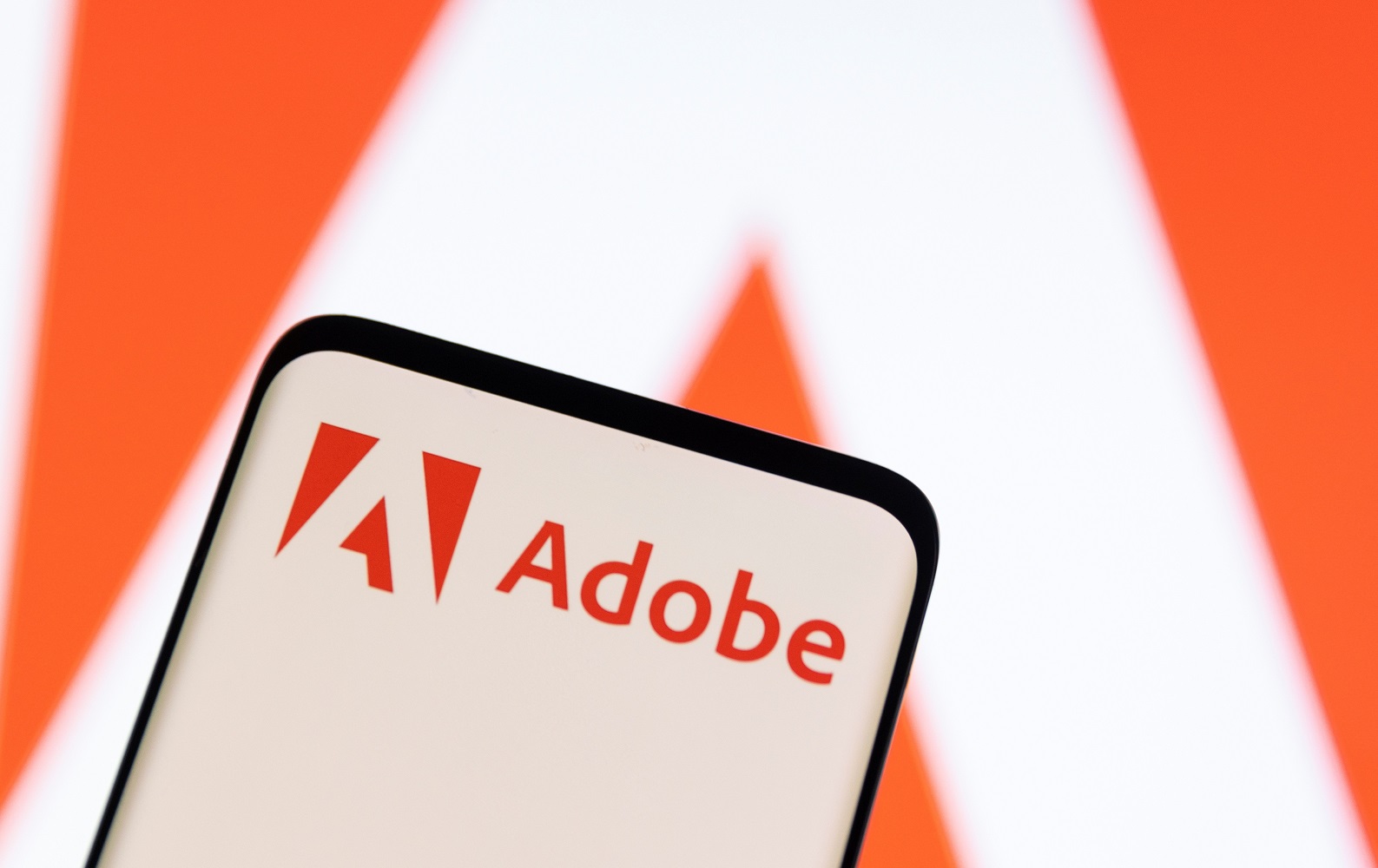Adobe is rolling out one of its most significant AI-era integrations yet, bringing Photoshop, Adobe Express, and Acrobat directly into ChatGPT.
The move, announced on Wednesday, means millions of people can now edit images, design graphics, and manage PDFs inside the chatbot without opening a separate app. It also marks a strategic pivot that could reshape Adobe’s business model in the coming years.
The company said the integration is built around the rising demand for fast, chat-based creative workflows. With ChatGPT attracting more than 800 million weekly active users, Adobe is placing its flagship creative tools inside one of the most heavily trafficked digital environments on the planet.
Although Adobe kept the financial details of its agreement with OpenAI under wraps, the decision to embed key applications inside ChatGPT underscores a clear long-term ambition: reach an enormous pool of potential users at the exact moment traditional software boundaries are dissolving.
Users will still need to register with Adobe to activate the tools, meaning the company retains control over accounts and potential upgrades. But the presence of Photoshop, Express, and Acrobat inside ChatGPT gives Adobe immediate visibility among users who may never have sought out Adobe products directly. It also allows the company to capture a generation of creators who prefer conversational interfaces to traditional menu-driven software.
The rollout brings familiar Adobe functions — photo tuning, graphic design, animation, and PDF summarization — into a workflow where someone simply types what they want. Instead of switching to a separate app, ChatGPT quietly triggers the correct Adobe tool to execute the task. Adobe framed the approach as a way to lower friction for beginners while still offering the depth that professionals expect.
The integration spans ChatGPT’s desktop app, web interface, and iOS. Adobe Express has already been live on Android, and the company confirmed that Android support for Photoshop and Acrobat is coming soon. The expansion builds on Adobe’s move in late October, when it introduced conversational AI assistants across its video and image editing platforms, laying the foundation for deeper AI-driven workflows.
Beneath the product announcements lies a broader shift in Adobe’s economic logic. For decades, Adobe’s model depended on users entering its ecosystem directly — through Creative Cloud subscriptions, standalone software, and enterprise deployments. AI is now disrupting that path by placing the “point of creation” inside platforms like ChatGPT. Adobe is now effectively extending its ecosystem outward instead of waiting for users to come in by embedding its tools directly into the conversational interface users already prefer.
This strategy could influence how the company acquires customers, how it prices its services, and how it positions itself against rising AI-native competitors. If a user’s first interaction with Adobe tools happens inside ChatGPT rather than Adobe’s own software environment, the company could gain a massive top-of-funnel advantage. At the same time, Adobe retains control through required registration, which preserves opportunities for upselling paid features, cloud storage, team accounts, and enterprise-level tools.
The integration may also help Adobe counter pressure from fast-growing AI-first design platforms. Tools like Midjourney, Runway, Canva’s AI suite, and a growing list of start-ups have shown that users increasingly value speed, automation, and ease of use over traditional software complexity. By meeting users inside ChatGPT — one of the most frictionless digital environments available — Adobe is showing that it intends to compete aggressively rather than defend old software habits.
The move could also shape how professionals work. Many creators already juggle image editing, layout design, file handling, and communication across multiple apps. Having Photoshop-grade edits and Acrobat functions inside a chat interface could streamline routine tasks and free up professionals to focus on higher-value creative decisions.
Adobe’s late-October overhaul of its editing suite signaled that the company was preparing for this transition. That update introduced conversational assistants capable of executing detailed editing steps, previewing a future where the command line of creation is written in natural language. The shift into ChatGPT is the next stage of that strategy, positioning Adobe not just as a software provider but as an embedded service within a much larger AI ecosystem.






